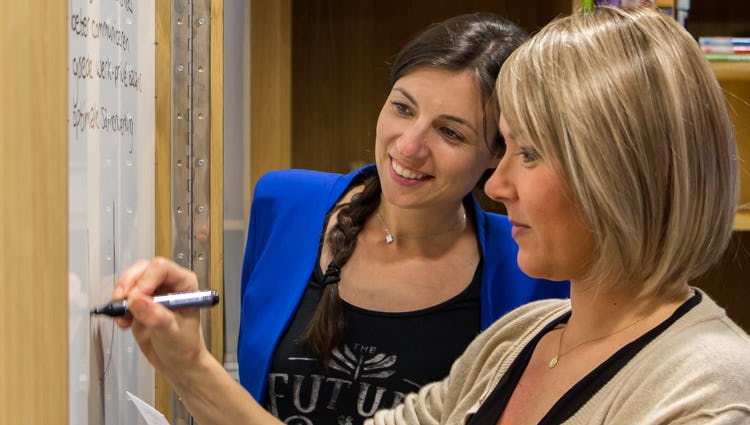
With the workforce being taken over by millennials, the drift between classic corporates and their staff becomes larger. Start-up mentality is far more a reflection of this generation; within the micro-organisation of start-ups, innovations can be realised far more rapidly. How can large organisations handle this?
Founder of the term “disruptive innovation”, Clayton Christensen describes the phenomenon in his acclaimed book ‘The innovator’s dilemma’ as follows:
‘Disruptive innovation describes a process by which a product or service takes root initially in simple applications at the bottom of a market and then relentlessly moves up market, eventually displacing established competitors.’
The strength of disruptive innovation is that it can transform the current market. It’s about making products and services that used to be costly or luxurious, more available to many. Some of the successful companies considered pioneers in disruptive innovation are the likes of Uber, AirBnB and Peerby.
Disruptive innovation is a big challenge to large and traditionally structured corporations. Often enough these corporations see disruptive innovation as a threat. They feel that they are not lenient enough and eventually become disrupted themselves.
So, how can large corporations ensure that they match with the wants and needs of future generations? What is clear, is that people can add value when they feel free. Therefore, it is important for organisations to stimulate intrapreneurship. Let people experience what the world has to offer, train them on how to cultivate the start-up mentality and bring it to good use. Make it possible to connect and stimulate free thinking and fantasising about the societal and technological developments in the market. Organisations who are willing to invite their employees into anticipating innovations are by default more lenient and thus future-proof.
Share this article
 Read now Changing Perspectives on Working Needs
Read now Changing Perspectives on Working Needs